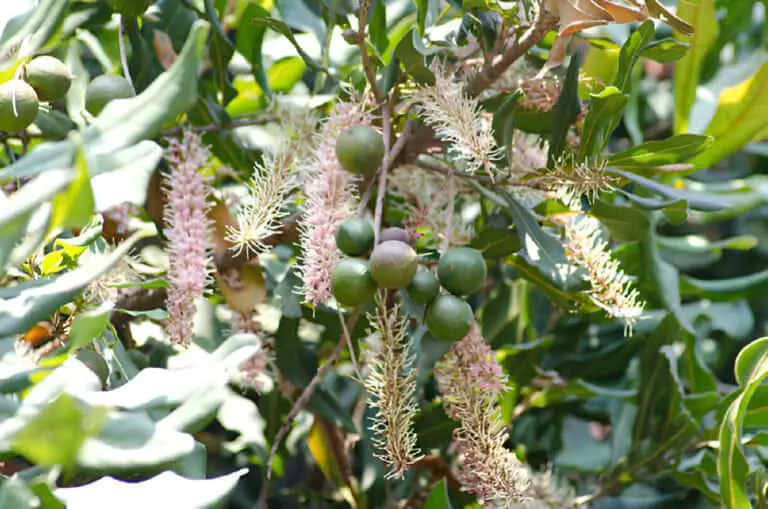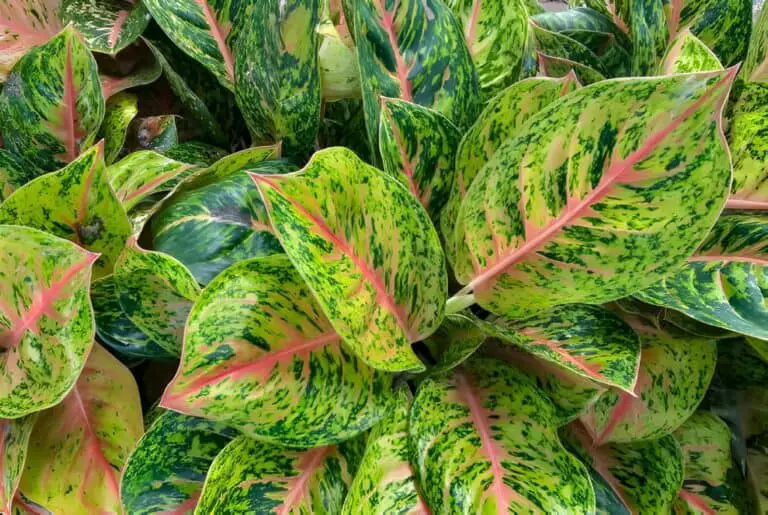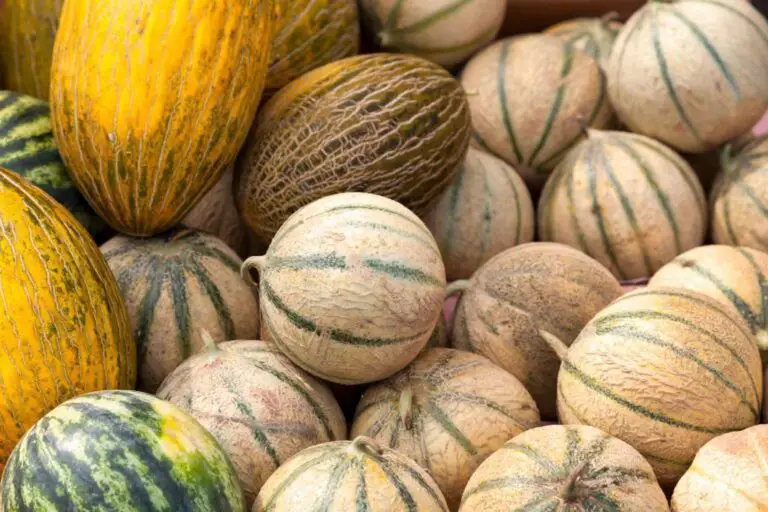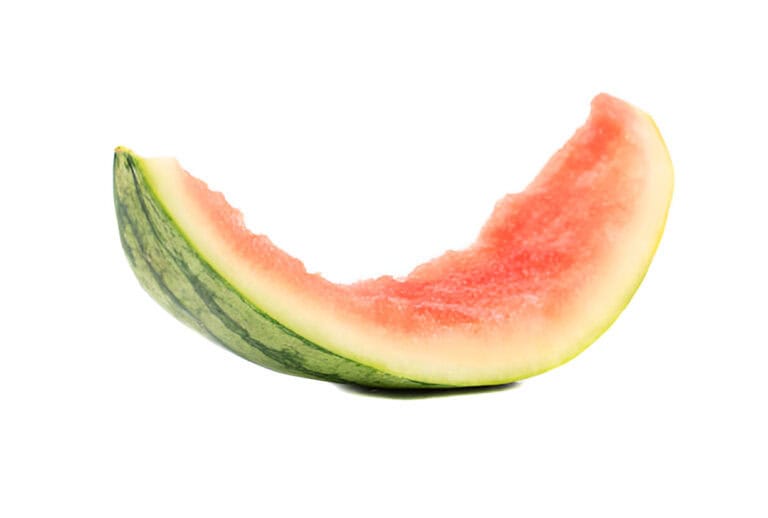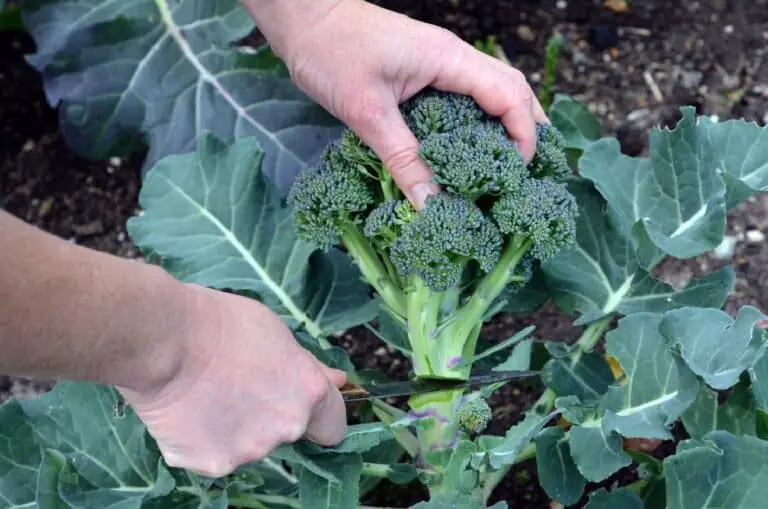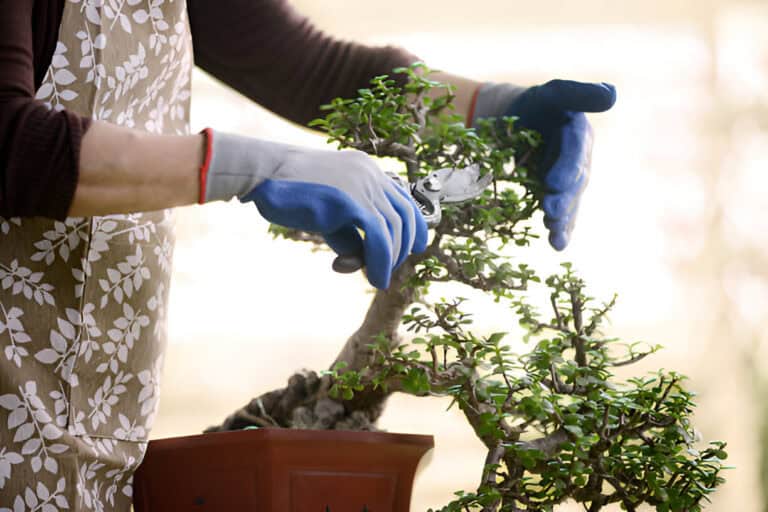From Wilting to Thriving: How to Revive Your Olive Tree Plant
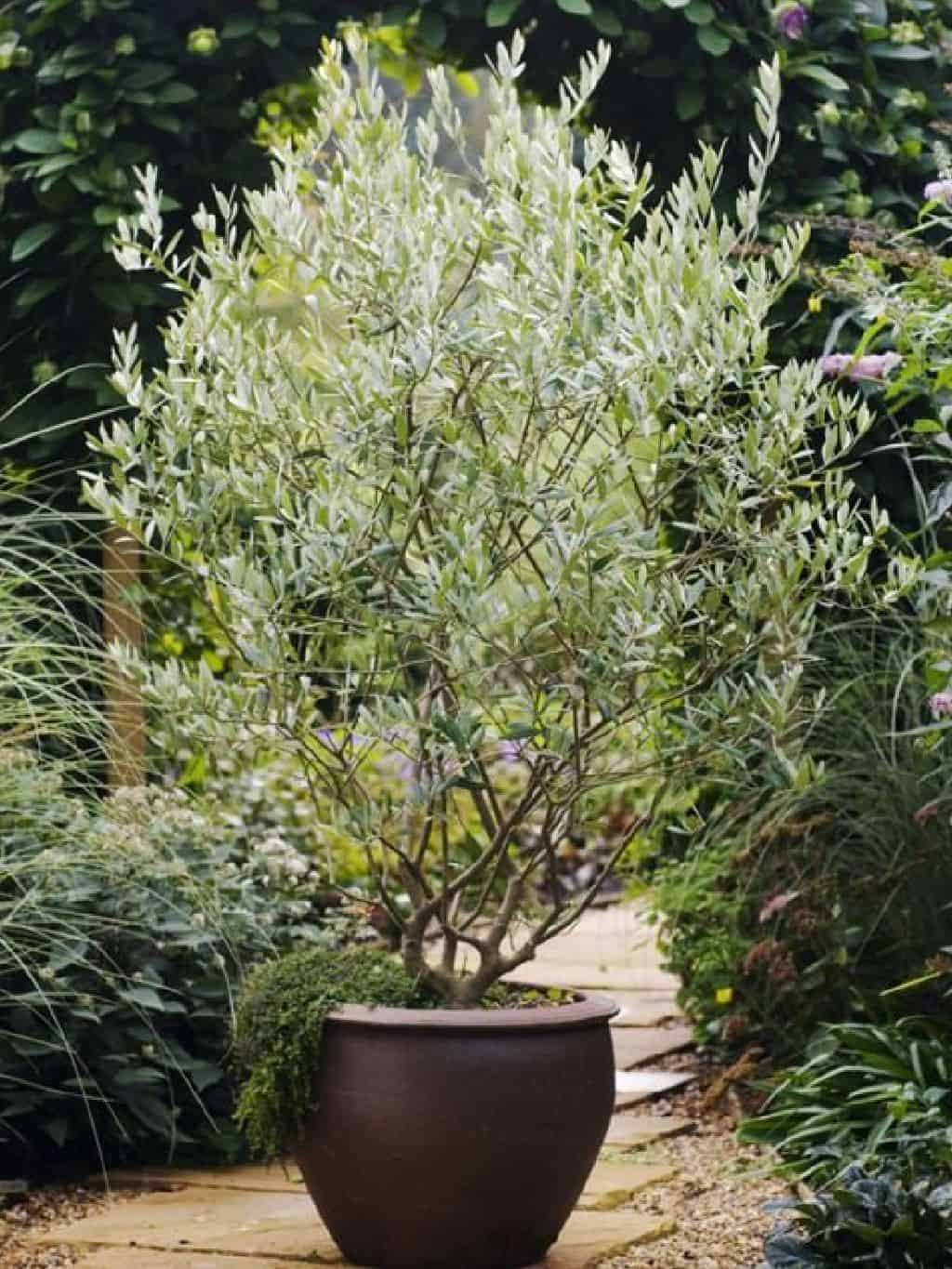
Watching my olive tree go from lush and green to sad and wilting felt like watching a friend slowly fade. It was heartbreaking, especially since olive trees, with their twisted trunks and silvery leaves, usually scream “resilience.”
When my beloved olive plant started to droop and shed leaves, I knew it was time to roll up my sleeves and dive into plant TLC mode. If you’re here because your olive tree is looking worse for wear, fear not. There’s hope!
Understanding Your Olive Tree’s Needs
Keeping an olive tree healthy starts with understanding what makes it thrive. These graceful trees love warm, sunny spots and well-drained soil. If you give them the right foundation, they’ll reward you with lush leaves and steady growth.
Key factors influencing olive tree health:
- Plenty of sunlight (at least 6 hours daily)
- Good drainage to prevent root rot
- Regular, deep watering during dry spells
Use this table to check if your olive tree has ideal conditions:
| Factor | Ideal Condition | Sign of Distress |
| Sunlight | 6+ hours full sun | Yellowing or dropping leaves |
| Soil & Drainage | Loose, well-drained soil | Soggy roots, moldy smell |
| Watering Routine | Deep watering, not daily | Wilting, crispy leaf edges |
By noticing early signs of trouble, you can step in quickly and keep your olive tree looking its best.
Let’s break down the key steps to help your olive tree plant go from wilting to thriving.
Step 1: Diagnose the Problem First
I know the panic that sets in when you see a plant going south, but hold your horses. Don’t just throw water or fertilizer at it without understanding what’s wrong. Olive trees, much like us when we’re under the weather, show symptoms for a reason. Is your tree losing leaves? Are the tips browning? Is it growing in a funky, uneven way?
Here’s what might be going on:
- Overwatering: Olive trees don’t love soggy feet. If you’re drowning your plant, the roots might be suffocating, which leads to yellowing or falling leaves.
- Underwatering: On the flip side, these Mediterranean beauties can’t go for long stretches without water. Dry, brittle leaves could mean it’s crying out for a drink.
- Lack of Sunlight: Olive trees are sun worshippers. If your tree isn’t getting at least 6 hours of direct sunlight a day, it’ll let you know through sluggish growth and sparse leaves.
- Nutrient Deficiency: Just like we need a balanced diet, olive trees need the right nutrients. A lack of nitrogen, iron, or magnesium can cause yellowing leaves and poor growth.
Step 2: Water Wisely
Olive trees are kind of like that person who drinks just enough water, never too much or too little. They enjoy a relaxing soaking, but only when they need it. This technique took me some trial and error to figure out.
Watering Tips:
- Deep Watering: I water my olive tree deeply, letting the water soak into the root zone, but then I let the soil dry out before watering again. Olive trees like their roots to breathe, and constantly wet soil can lead to root rot.
- Test the Soil: The “stick your finger in the soil” test works wonders. If the top inch or two of soil feels dry, it’s time to water. If it’s still moist, hold off.
- Drainage is Key: Make sure your pot has good drainage. A pot without holes is a death trap for olive trees.
| Watering Issue | Symptoms | Solution |
| Overwatering | Yellow leaves, root rot | Let soil dry, improve drainage |
| Underwatering | Dry, brittle leaves | Water deeply, more frequently |
Step 3: Let the Sunshine In
If you think your olive tree can thrive in a shady corner of your living room, think again. Olive trees crave sunlight like we crave a good vacation. Without enough light, they’ll get leggy, spindly, and sad.
Light Tips:
- Direct Sunlight: Olive trees need at least 6-8 hours of direct sunlight a day. I had mine by a sunny window, but it was only getting light for a few hours, and that just wasn’t cutting it.
- Outdoor Time: If you can, give your olive tree some outdoor time, especially during the warmer months. Even a few hours in the sun can make a world of difference.
- Grow Lights: If you live in a less sunny area or are growing your olive tree indoors, consider investing in grow lights. These mimic natural sunlight and help keep your tree happy during darker months.
Step 4: Prune to Promote Growth
I know what you’re thinking—why cut back a tree that’s already struggling? But pruning your olive tree can actually encourage new, healthy growth. Pruning is like giving the tree a fresh haircut, which helps it feel lighter and more vibrant.
Pruning Tips:
- Remove Dead Wood: Start by snipping away any dead or diseased branches. These won’t recover, and they’re just taking up space and energy.
- Shape It: Olive trees tend to grow unevenly if left unchecked. Pruning helps shape the tree and allows sunlight and air to reach all parts of the plant.
- Don’t Go Overboard: While pruning can help, don’t go crazy and chop off too much. A light, strategic pruning will give your tree the boost it needs.
Step 5: Feed It Right
I didn’t realize how picky olive trees could be about their “diet” until I noticed mine wasn’t growing much. If your olive tree isn’t getting the right nutrients, it’ll look weak and weary, like a plant that’s skipped too many meals.
Fertilizer Tips:
- Balanced Fertilizer: Olive trees don’t need fancy food. A balanced fertilizer with a ratio like 10-10-10 works wonders. I use a slow-release fertilizer in early spring and again in mid-summer.
- Avoid Over-fertilizing: More isn’t always better. Too much fertilizer can cause leaf burn or stunted growth.
- Organic Options: If you prefer organic options, compost works well too. Just sprinkle some around the base of your tree and let nature do the rest.
Step 6: Repot if Necessary
Sometimes the issue isn’t with your care routine—it’s with the pot itself. Olive trees can become root-bound if they’ve outgrown their container. When that happens, the roots have nowhere to go, and your tree’s growth stalls.
Repotting Tips:
- Choose a Larger Pot: If your olive tree’s roots are circling around the bottom of the pot, it’s time to move it to a bigger home. Choose a pot that’s a few inches larger in diameter to give the roots room to spread.
- Use Well-Draining Soil: I like to mix potting soil with some sand or perlite to improve drainage. Olive trees thrive in well-draining soil that mimics their native Mediterranean conditions.
Step 7: Protect from Pests and Disease
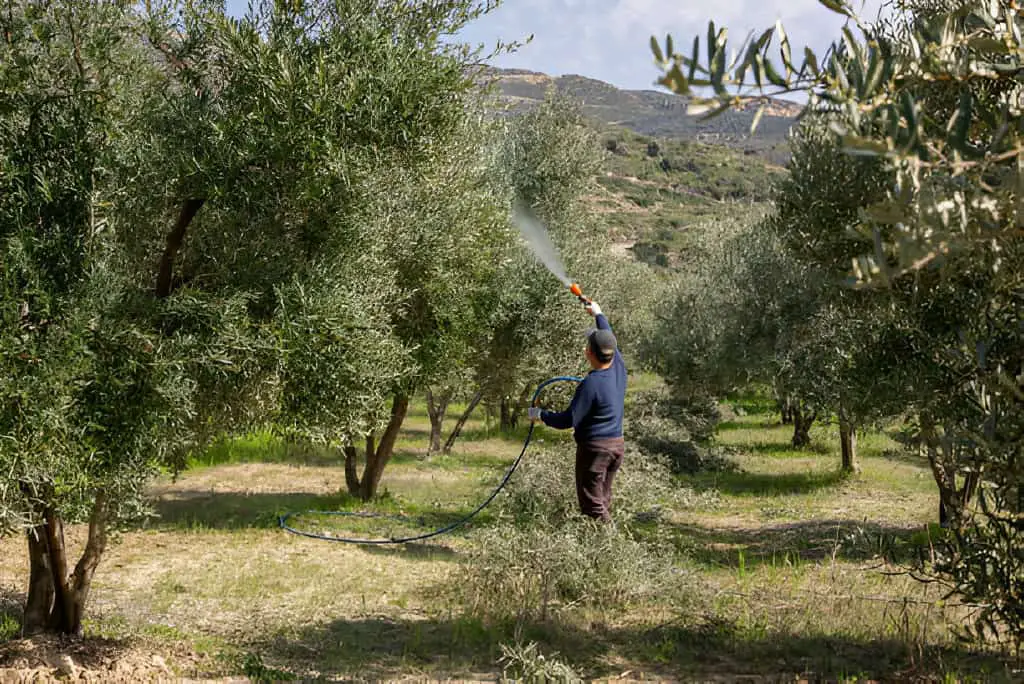
Pests and diseases find easy access to weak plants, and olive trees are no different. Aphids, scale, and spider mites can sap the life out of your tree, while fungal infections like root rot can take hold if the soil stays too wet.
Pest and Disease Control Tips:
- Inspect Regularly: Keep an eye on the leaves and branches for signs of pests. I check under the leaves where bugs like to hide.
- Neem Oil: Neem oil is my go-to natural remedy for pests. It’s safe for the plant and helps keep unwanted critters at bay.
- Fungicide for Root Rot: If your tree is dealing with root rot, you’ll need to act fast. Repot the tree in fresh, dry soil and treat it with a fungicide to stop the spread.
| Issue | Symptoms | Solution |
| Pests | Sticky residue, yellowing leaves | Neem oil, insecticidal soap |
| Root Rot | Soft roots, foul smell | Repot with well-draining soil, fungicide |
Step 8: Patience and Consistency
Here’s the tough part — patience. Reviving a wilting olive tree doesn’t happen overnight. But I promise, if you stick with it, you’ll see progress. Consistency is key. Follow these steps, keep a close eye on your tree, and give it time to bounce back.
Final Thoughts: From Wilting to Thriving
Reviving an olive tree plant might seem like a daunting task, but I can tell you from experience, it’s worth the effort. Olive trees are tough, resilient plants that just need a little love and attention to thrive. By watering wisely, providing plenty of sunlight, feeding it the right nutrients, and pruning as needed, you can bring your olive tree back from the brink.
My olive tree went from sad and droopy to strong and thriving with some simple tweaks to my care routine. If I can do it, so can you. Just remember, every tree is different, and what works for one might not work for another. Pay attention to your plant’s needs, and don’t be afraid to experiment a little.
So, get ready to watch your olive tree go from wilting to thriving, and enjoy the beauty of those silvery leaves and strong branches once more!

